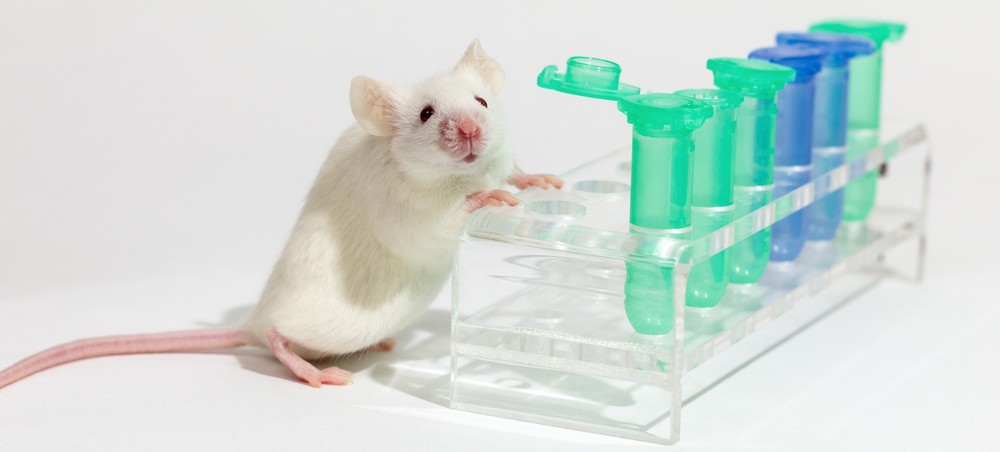 In a new study entitled, “ROR Inverse Agonist Suppresses Insulitis and Prevents Hyperglycemia in a Mouse Model of Type 1 Diabetes,” a team of researchers discovered an inhibitor of Type 1 Diabetes (T1DM) in a rodent animal model. The study was published in the journal Endocrinology.
In a new study entitled, “ROR Inverse Agonist Suppresses Insulitis and Prevents Hyperglycemia in a Mouse Model of Type 1 Diabetes,” a team of researchers discovered an inhibitor of Type 1 Diabetes (T1DM) in a rodent animal model. The study was published in the journal Endocrinology.
Type I diabetes is a chronic disease characterized by the destruction of insulin-producing pancreatic beta cells by the immune system. T cells are known to play an important role in the development of type 1 diabetes in both rodent models and human patients. Two particularly harmful subsets of T cells have been identified — cytotoxic CD8+ T cells and CD4+ TH1 cells. Notably, another T cell subset, TH17 cells, were discovered as pathological mediators in other autoimmune diseases, including T1DM. However, their exact mode of action in disease onset and progression is far from clear.
In this study, the authors sought to understand the functional role of TH17 cells in T1DM by targeting 2 nuclear receptors crucial to the development of TH17 cells — the retinoic acid receptor-related orphan receptors α (alpha) and γt (gamma t). Specifically, the authors used ROR-specific synthetic ligands to inhibit the receptors, a strategy that proved efficient in the context of other autoimmune diseases. They administered a selective RORα/ γt inverse agonist, SR1001, in non-obese diabetic mice. The team of researchers observed that SR1001 treatment resulted in a reduction of diabetes incidence and insulitis. This phenotype was accompanied by a decrease in the expression of pro-inflammatory cytokines, notably those produced by the TH17 cells and an upregulation of regulatory T cells (the CD4+Foxp3+ T regulatory cells), responsible for terminating the induction and proliferation of effector T cells.
These findings suggest TH17 cells have a pathological role in type I diabetes, and that selectively blocking ROR activation in these cells may be a potentially new therapeutic approach for the disease.
Thomas Burris, Ph.D., chair of pharmacological and physiological science at Saint Louis University, and the study’s leading author, commented in a press release, “None of the animals on the treatment developed diabetes even when we started treatment after significant beta cell damage had already occurred. We believe this type of treatment would slow the progression of type I diabetes in people or potentially even eliminate the need for insulin therapy.”


